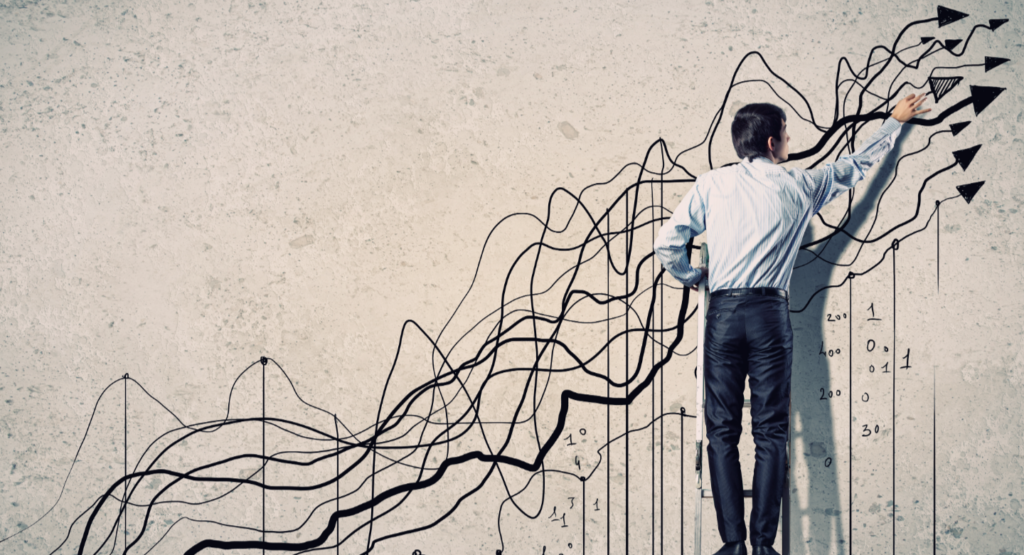
While the European economy grew by 0.6 percent in the first quarter of 2022, growth slowed to 0.2 percent in the second quarter. This is clear from preliminary figures from Eurostat, the European Statistical Office. Zooming in on the results of Germany and France, we look at how the US is currently doing.
Eurozone economies are reeling from high inflation, turmoil over Russian gas supplies, supply chain problems and fears of a recession. According to Eurostat, consumer confidence has fallen to an all-time low and business sentiment has also deteriorated significantly. Interest rate hikes by the European Central Bank (ECB) and other central banks around the world to combat high inflation will also cool the economy.
read more: The IMF is more pessimistic about global economic growth this year and next
Germany: Economy stagnates
Growth in the German economy stalled in the second quarter. According to preliminary estimates from the German Federal Statistics Office, Europe’s largest economy and the Netherlands’ most important trading partner had zero percent growth. In the first quarter, the German economy advanced an adjusted 0.8 percent from the previous quarter.
According to the Bureau of Statistics, the economy was affected by the upside in exports. “A weak global economy with the ongoing coronavirus pandemic, rising prices, supply chain disruptions and the war in Ukraine is clearly weighing on economic growth,” the agency said. Consumer and government spending actually provided some support to the economy.
France: The economy is growing
After contracting in the first three months of the year, France’s economy rebounded in the second quarter. Growth was 0.5 percent on a quarterly basis, according to preliminary figures from French statistics agency Insee. It was minus 0.2 percent in the first quarter.
Growth was stronger than expected. The French economy was helped by strong exports. Exports rose 0.8 percent. Consumer spending fell 0.2 percent, but that was less than the 1.3 percent decline in the first quarter.
Based on second-quarter figures, Insee expects the French economy to grow by 2.5 percent over the whole of 2022. This is in line with the government’s projections, but slightly better than the French central bank’s expectations. It expects growth of 2.3 percent for the full year.
Read the tip: Three reasons why inflation has been high for a long time
US: Economy Shrinks (Again)
The U.S. economy shrank 0.2 percent in the second quarter compared with the previous three months. Gross domestic product (GDP) also fell in that quarter.
The contraction was partly due to less investment by companies and less spending by governments in the United States, according to the Bureau of Economic Analysis, a US government agency. Additionally, less money went into housing. American companies exported a quarter earlier. Consumers spent more especially on services. They visited restaurants and hotels more often, but spent less on food and drinks at the supermarket.
Talk about recession?
By well-known definition, it represents two quarters of decline in GDP. But this reading is controversial among economists because a real economic downturn can only occur if incomes and the labor market are clearly under pressure.
U.S. President Joe Biden said it is no surprise that the economy is slowing slightly as the Federal Reserve aggressively raises interest rates. This is what the umbrella system of central banks does to combat hyperinflation. Still, Biden believes the U.S. economy is still “on the right track.” The president pointed to still rising consumer spending and a strong job market. “We will come through this transition stronger and safer.”
Follow Executive Finance on LinkedIn!

“Passionate analyst. Thinker. Devoted twitter evangelist. Wannabe music specialist.”







More Stories
Cooperation between the US and China ensures more stable corporate finance – FM.nl
New US peace proposal for Gaza war ‘may be too smart for either side to say no’
Bitcoin weathers bankruptcy storm in US